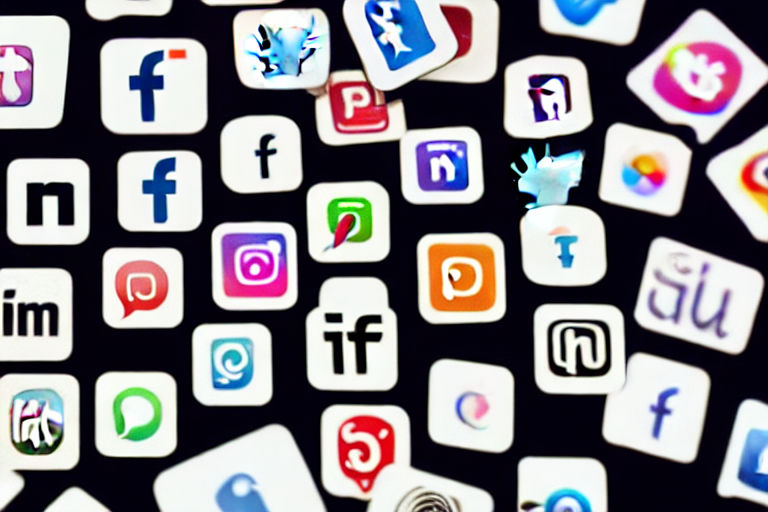The Future of Printing: Will 3D Printing Replace Traditional Methods?
Introduction
The printing industry has been evolving rapidly in recent years, with the emergence of new technologies such as 3D printing. This has led to speculation about whether 3D printing will eventually replace traditional printing methods. In this article, we will explore the potential of 3D printing and discuss its implications for the future of the printing industry.The Advantages of 3D Printing
3D printing offers several advantages over traditional printing methods, including:- Customization: 3D printing allows for the creation of highly customized products, which can be tailored to the specific needs of individual customers.
- Complexity: 3D printing can create complex shapes and geometries that are difficult or impossible to produce using traditional methods.
- Speed: 3D printing can be faster than traditional methods, especially for small-batch production.
The Limitations of 3D Printing
Despite its advantages, 3D printing also has some limitations:- Cost: 3D printers can be expensive to purchase and operate, which can limit their accessibility.
- Materials: The range of materials that can be used in 3D printing is still limited, which can affect the quality and durability of printed products.
- Quality: The quality of 3D printed products can vary depending on the printer and materials used, and may not always meet the standards of traditional printing methods.
The Future of 3D Printing
It is likely that 3D printing will continue to grow in popularity and adoption in the coming years. However, it is unlikely to completely replace traditional printing methods. Instead, 3D printing is expected to complement traditional methods, filling a niche for customized, complex, and small-batch production. In the short term, 3D printing is expected to have a significant impact on the following industries:- Manufacturing: 3D printing can be used to create prototypes, custom parts, and tooling, which can accelerate the manufacturing process.
- Healthcare: 3D printing is being used to create custom prosthetics, dental implants, and surgical models.
- Education: 3D printing can be used to create interactive models and teaching aids, enhancing the learning experience.



